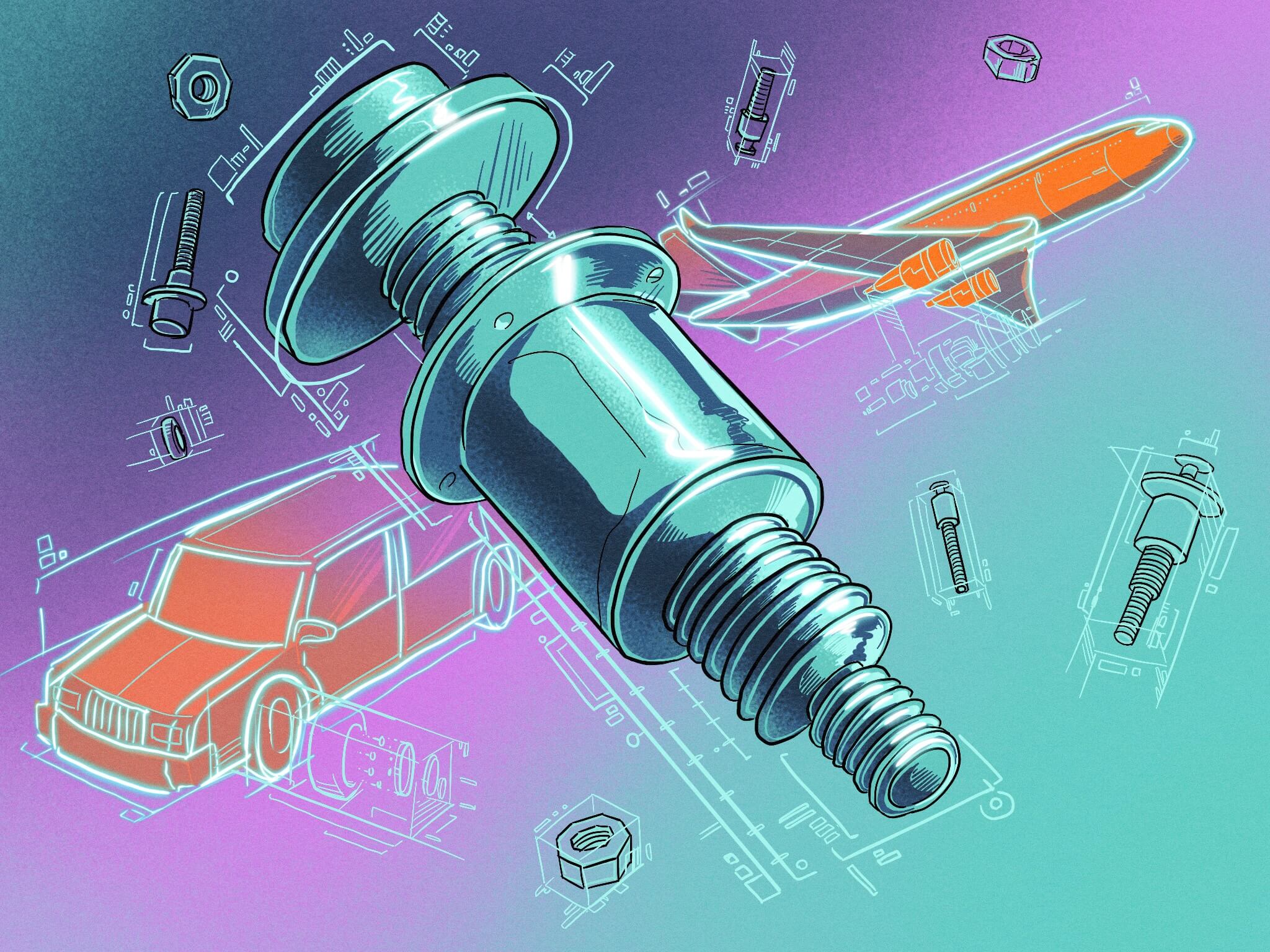The engineering behind simple things

I recently took a plane trip for a brief vacation, and while waiting for the take-off I noticed that above my seat a small cover was missing, there you could see three screws, nothing to worry about of course, but it made me wonder: How many screws does an airplane have? Doing a simple Google search, I came to the conclusion that between one and three million screws and bolts are used, a figure as random as it is interesting, but it turns out that a company has dedicated itself and continues to conduct research with its group of engineers to design and perfect these screws, raising the level of aircraft safety.
Howmet Aerospace Inc (NYSE: HWM) as such was founded in 2019, but its beginnings date back to the 1920s, when its creators, Reiner Erdle and Charles Prange, set about helping General Electric by improving wartime aircraft engine manufacturing. More specifically, they improved engine supercharging, a task they continue to perform to this day. But since 1930, the company has led the way in the manufacture and distribution of fastener elements and precision tooling for aircraft; these parts are used in commercial and military aircraft, jet engines, spacecraft, and in high-powered, generally industrial engines.
While doing my research on this puzzling question, the plane began to start its engines, which reminded me of what I had read just a few moments ago, the company Howmet Aerospace Inc (NYSE: HWM) not only manufactures fastener elements but also perfects aircraft engines, and they’ve been doing so for decades. Howmet Aerospace is able to manufacture 90% of the structural and rotating parts of aircraft engines through its different solution offerings, which, when you think about it, it’s an impressive achievement on its own.
The great ally of engine efficiency is heating. Simply put, Howmet engineers and Pratt & Whitney from Raytheon Technologies Company (NYSE: RTX) have collaborated to make fuel consumption more efficient. The construction of a traditional blade has two sections, both made of aluminum and forged lithium. The front section spins at a slower speed while the rear section spins at a much higher speed, increasing fuel efficiency by controlling the temperature more efficiently through its material composition.
The company has a historical tradition in the handling of metals; the different alloys they have created over the last decades have been key in achieving a milestone that no one has been able to achieve, inventing more than 90% of all the aluminum alloys that have taken flight. But since the 1930s, the company knew perfectly well how to use aluminum, increasing its efficiency.
In their origins, they began to work with different metals, better said, different alloys, making them specific for each need, lighter, more robust, and durable, among other characteristics. But it was in 1948 that an idea would radically change the way in which trucks would move on all roads; from here, we could say that it was Howmet Aerospace Inc (NYSE: HWM) who reinvented the wheel. They were the creators of lightweight forged aluminum wheels, which made it possible to increase payload and reduce wheel maintenance while reducing fuel consumption and making trucks more efficient. The company estimates that long-haul drivers can save, on average, 1400 pounds of weight.
The manufacturing and distribution of the forged aluminum wheels are under the direction of Alcoa Corp (NYSE: AA), one of two divisions that were created in 2019, while Howmet is specifically dedicated to engineering and developing new ways of working metals and mainly focusing on aeronautics.
It’s fascinating that a company like Howmet Aerospace Inc (NYSE: HWM) is able to create 90% of the essential parts that give flight to these immense engineering works, which allow us to travel around the world; at the same time, since the 1950s, they lead the land roads with their famous tires, this means that not only flights are more efficient and safer but, travel on the long roads as well.
